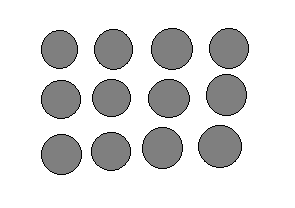Single Crystal and Poly-Crystalline Material
Single Crystal: A single crystal is a solid which has a regular geometric structure in which the complete solid is a crystal. and in this type of crystal atoms extend over the entire volume of solid with regular periodic arrangements. Single Crystal
